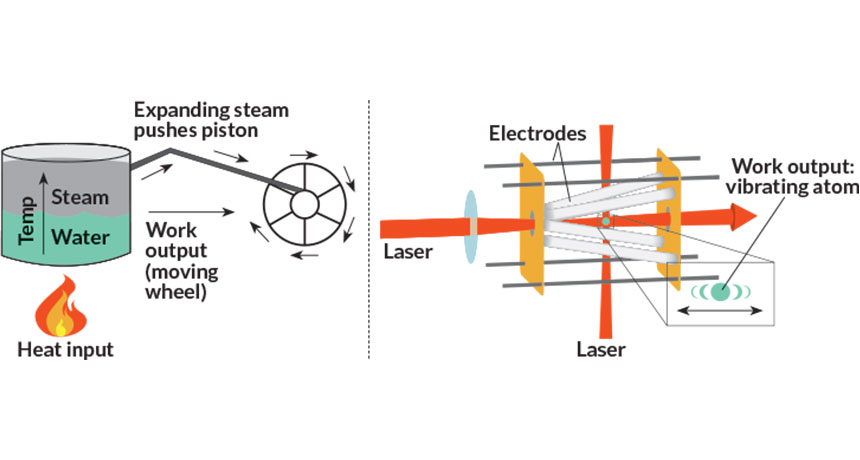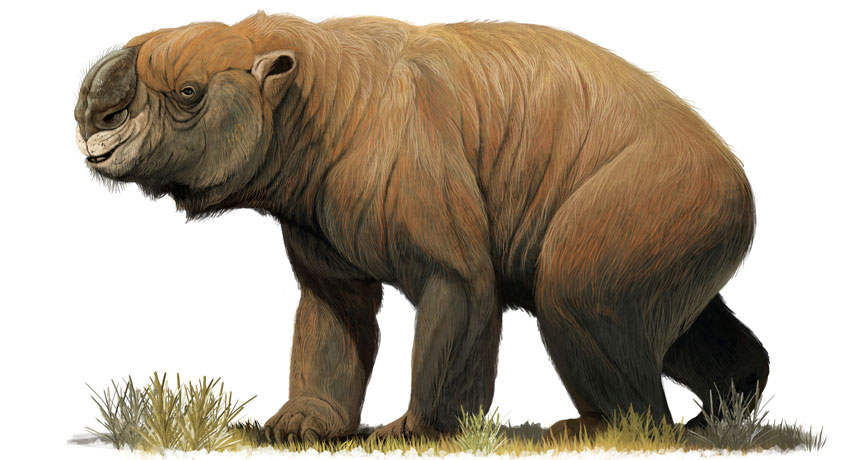Update: 21 people die and 6 are missing due to mountain flooding and mudslides caused by heavy rainfall in Xi’an, NW China’s Shaanxi Province

Twenty-one people have died and another six are missing as of Sunday evening after heavy rainfall hit Xi’an, Northwest China’s Shaanxi Province, and caused mountain floods and mudslides on Friday evening.
Due to the impact of short-duration heavy rain, mountain floods and mudslides struck a village in Chang’an district in Xi’an around 6 pm on Friday. The disaster has damaged two houses occupying a total area of 300 square meters, destroyed three sections and slightly damaged 21 sections on the National Highway 210, damaged three electric power supply infrastructures and left 900 households out of power, according to Xi’an Bureau of Emergency Management.
Xi’an city immediately set up an on-site command center, organized a total of 14 rescue teams including firefighting and police departments with more than 980 personnel, and deployed over 1,100 units of equipment and tools including life detectors, satellite phones, excavators, and search and rescue dogs, working around the clock to carry out search and rescue as well as disaster relief operations.
As of Sunday evening, 186 residents have been relocated and resettled, three severely damaged sections of the National Highway 210 have been restored, 21 slightly damaged road sections are under reinforcement, communication services have been restored in 49 affected areas, and power supply has been restored to 855 households.
The city is making every effort to seize the critical period for rescue operations, continuing to search for missing individuals restlessly, as well as remove risks to prevent the occurrence of secondary disasters.
Preliminary investigations showed that two houses in the village were washed away, a with nearby roads, bridges, power supplies and other infrastructures damaged, leaving local residents partially cut off with the outside world.
Local media reported that as of Sunday Morning, four people had been confirmed dead, while 14 others remain missing.
The Xi'an detachment of the armed police force in Shaanxi deployed more than 100 personnel to the impacted area. Preliminary search and rescue operations remain underway.
As of Sunday morning, rescue forces have transferred 81 residents and 11 vehicles to safe locations, and are assisting with the search and recovery of four deceased villagers, with emergency workers scanning an area 65 kilometers in length along a nearby river.
According to a local villager surnamed Li (pseudonym), flooding and mudslides began following one or two hours of heavy rain on Friday afternoon. Two dwellings swept away by flood waters operated agritourism business, but there was yet to be confirmation whether guests were inside during flooding.
Local fire department, police and emergency management authorities are working to coordinate rescue efforts.
Upon receiving the report, China's Ministry of Emergency Management has dispatched a working group to the disaster site to assist with rescue and response efforts and have also mobilized a local fire and rescue team consisting of 207 personnel to carry out rescue operations.








